
views
X
Trustworthy Source
National Health Service (UK)
Public healthcare system of the UK
Go to source
- Talk to your optometrist about dye-tinted contact lenses or glasses that may help you distinguish colors more easily.
- You can also use a talking color identifier or a Seekey tool to help you identify colors that you have a hard time seeing.
- To help you distinguish colors more easily online, try using an app, browser filter, or special software on your computer or phone.
Using Filters or Tools
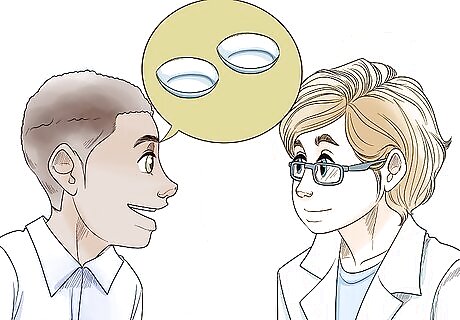
Ask your optometrist about dye tinted contact lenses. There are many contact lenses on the market for people with color blindness. These products use a non-toxic dye to absorb wavelengths of light in the optical spectrum that can hinder color differentiation. Ask your eye doctor if these contact lenses would be right for your type of color blindness. Dye tinted contacts may be more effective for people with red-green colour vision deficiency than other types of colorblindness.

Inquire about dye tinted glasses as an alternative to contact lenses. While dye tinted contact lenses are more efficient than glasses at correcting the entire field of view of color blind individuals, some people might find them uncomfortable to wear. Ask your optometrist about dye tinted glasses if you don't wear contacts. These lenses can be applied to your glasses with your particular prescription, ensuring totally clear vision. These products can be expensive, ranging from around $300-$700 a pair.

Purchase a talking color identifier device. Electronic color identifiers are gadgets for the visually impaired that scan garments and other items and announce their color. Most of these devices can pick up about 100 different colors or shades and may be programmed in different languages. Ask your doctor about purchasing one of these devices in your area. The user can adjust the volume on the device to make it easy to use in different social situations.
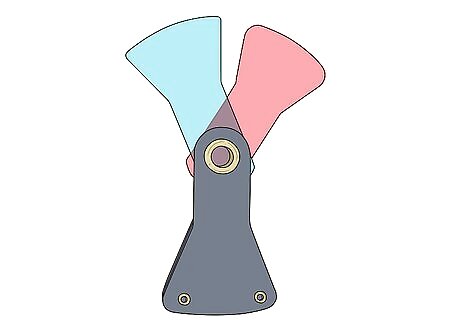
Use a Seekey tool to distinguish colors if you are red-green color blind. Seekey is a simple tool for those with red-green colour vision deficiency, the most common form of color blindness. It has red and green plastic filters that allow you to alter how you perceive colors. Keep this tool with you to use in situations when you have difficulty telling colors apart. The red filter will make red colors lighter, while the green filter will make them darker. The green filter, on the other hand, will make green colors lighter and red colors darker.
Taking Advantage of Online Tools
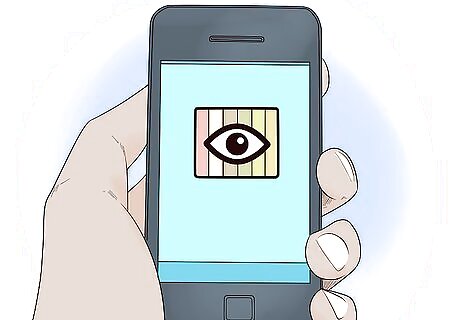
Download a color blindness app for your mobile device. Mobile technology has allowed for the creation of apps that help color blind people distinguish colors more clearly. Many "augmented reality" apps use your phone's camera to adjust colors in a way that makes them more distinguishable. Download one of these programs from the app store for your Apple or Android device. For instance, download ColorBlindness SimulateCorrect, an app for both iPhones and Androids that adjust colors through your phone camera to compensate for colorblindness.

Install a browser filter to see colors on websites more clearly. There are several software programs available that can be added to your browser to accommodate different types of color blindness. Depending on your type of color vision deficiency, these programs will alter colors on internet sites so that you can experience them normally. Search online to download a program that works for your operating system and preferred internet browser. ColorBlindExt, for instance, is a Firefox add-on that helps color blind people navigate the web clearly.
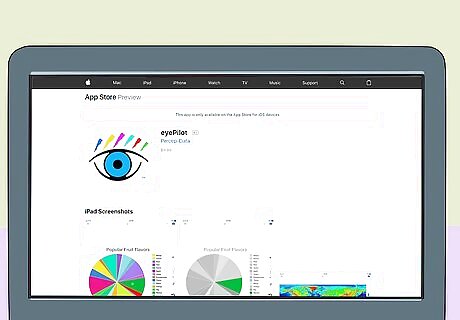
Purchase a software to identify colors on your computer screen for you. Some software programs designed for color blind persons will give you the name of the color at the tip of the cursor when you point to it on screen. Some can also isolate and enlarge sections of color for you, making them easier to distinguish from other shades. Search online for color blindness software designed for your computer's operating system. For instance, EyePilot is available for Apple operating systems. The action of selecting individual colors to identify may slow you down while you try to get work done on your computer.
Managing Daily Tasks

Use density and temperature as guides when buying and cooking food. Preparing food without distinguishing colors can be difficult, from selecting ripe produce to cooking meat all the way through. Learn to choose ripe fruits and vegetables when grocery shopping by squeezing them rather than inspecting them visually. Use a digital meat thermometer when cooking to make sure that food, particularly meat, is cooked through. For instance, avocados should feel slightly soft to the touch when they are ripe, while celery should feel firm. View a list of safe minimum cooking temperatures at https://www.foodsafety.gov/keep/charts/mintemp.html.

Identify traffic lights by their position when driving. As a general rule, red lights are usually located on the top of vertical traffic lights, with the yellow light underneath and the green light at the bottom. When learning to drive with colorblindness, pay close attention to what lights up and be very vigilant about the traffic and pedestrians around you. On vertical traffic lights, note that the red light is usually positioned on the left and the green is usually on the right.

Label or sort your clothing by color to make sure your outfits match. Colorblindness can make choosing clothing difficult. Have a friend or loved one help you identify the color of different items of clothing in your wardrobe. Mark the colors on the tag of each item or sort the clothing in your closet by color to make things easy. Try to identify your clothing through tactile clues such as the feel of the fabric, the cut of the garment, or by accessories like buttons, zippers, or decorative stitching. Have friends or loved ones help you put together full outfits and hang them together in your closet.
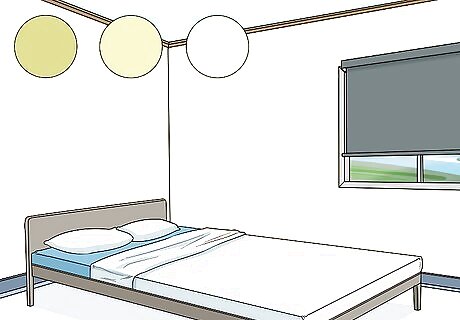
Enhance contrast in your home to make things easier to distinguish. When decorating and furnishing your home, opt for items that contrast the walls and floors completely to make things more visible. Choose dark colored furniture to put in a room with light colored walls, or vice versa. This will minimize accidents that may occur due to a blurring of colors in your visual field.
Improving Eye Health
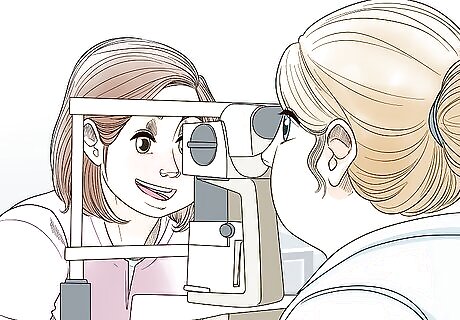
Visit an eye doctor to confirm your color blindness. While there are many online tests available that allegedly detect color blindness, only a medical professional can give you a full and accurate diagnosis. Your eye doctor will run tests to see if you have a colour vision deficiency, and to determine what specific type you have. On average, red-green color blindness is the type that doctors diagnose the most.

See a doctor to rule out any possible underlying conditions. Colorblindness is usually a hereditary condition, but it may sometimes be caused by other factors. An illness, exposure to harmful chemicals, or a reaction to certain medications could be to blame for your inability to distinguish colors. See your doctor if you experience colorblindness to make sure that you do not have other medical issues that need to be addressed. Medications like digoxin, ethambutol, and phenytoin can cause temporary or permanent colorblindness in some individuals. Tell your doctor if you have a family history of colorblindness. Colorblindness may sometimes be a natural result of the aging process.
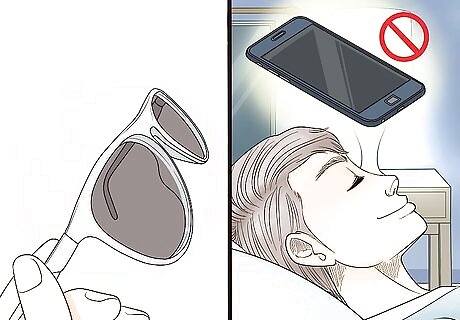
Adopt habits for good eye health. Taking care of your eyes also means protecting your color perception, which can help you prevent color blindness. Wear sunglasses with UVA/UVB protection to preserve the color receptors in the cones in the your eyes. Take 20 second breaks from your computer or phone screen every 20 minutes and look at something that is at least 20 feet away to avoid eye fatigue. Visit your eye doctor every 1-2 years for check-ups.













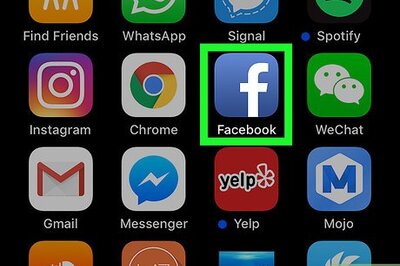

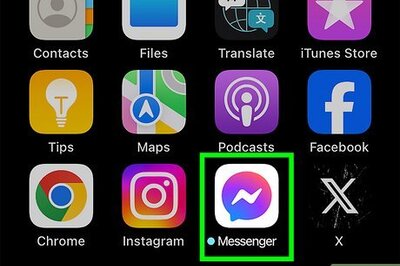

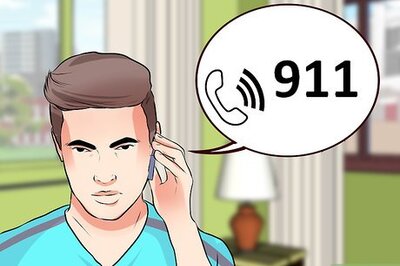


Comments
0 comment